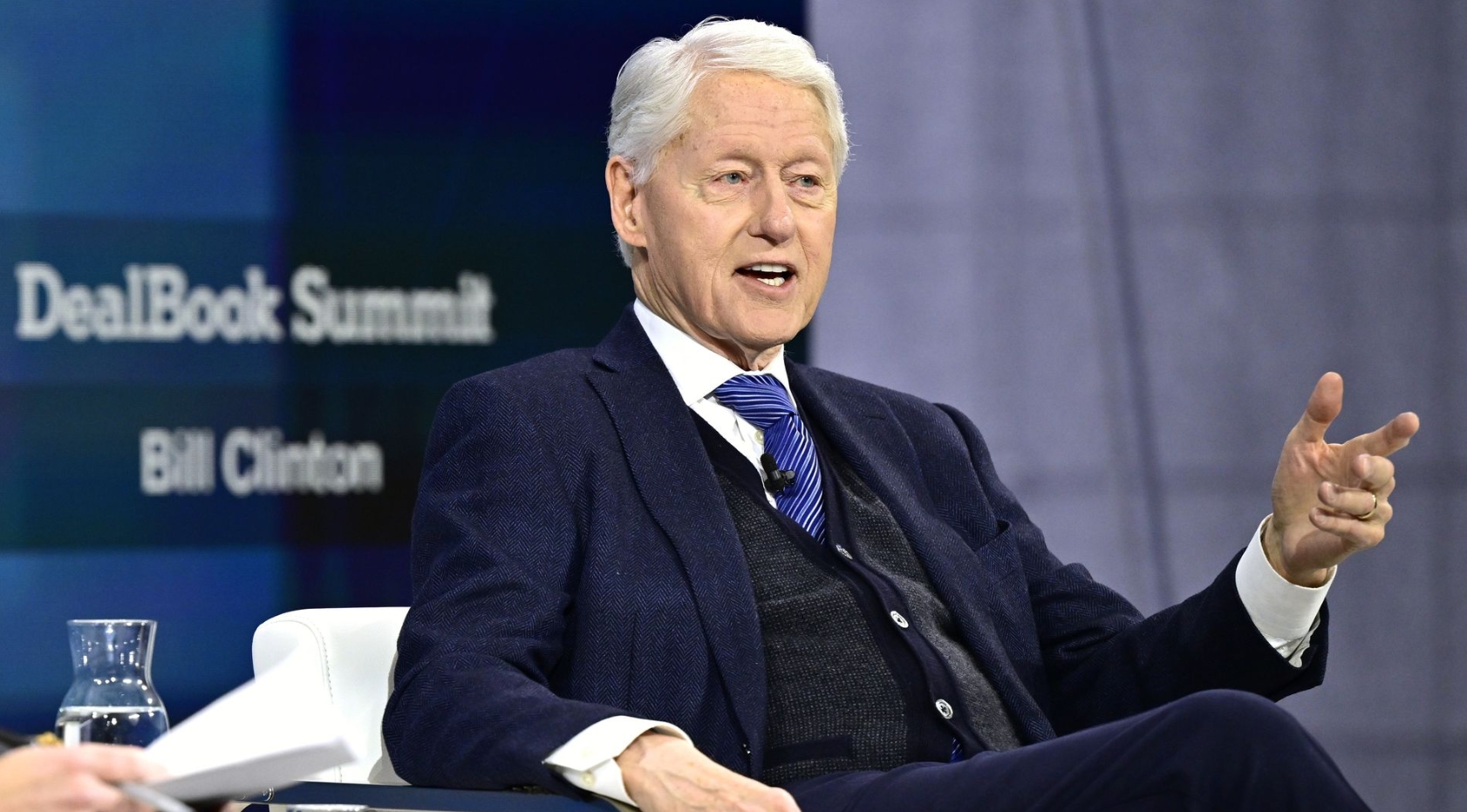How did Bill Clinton change welfare forever?

Four years later, the Personal Responsibility and Work Opportunity Reconciliation Act signed by Clinton gave states control over welfare, bringing to a close six decades of federal management of welfare programs. In dismantling the welfare system, Clinton created Temporary Assistance for Needy Families, or TANF, a program that changed the financing and benefit structure of cash assistance. Prior to this point, welfare was financed in an open-ended manner, but TANF provided block grants from the federal government to states for a defined period of time, with some stipulations attached that the states had to match part of the federal dollars.
Building on policies established under Reagan, and on one key principle—”personal responsibility”—TANF established work requirements as a condition for welfare. This requirement limited the total number of adults able to qualify for benefits. For the first time there were now limits as to how long people could receive aid and how much aid they could receive. It also imposed harsh penalties for recipients who do not meet work requirements.
By the late 1990s, the U.S. economy was booming and it appeared to many analysts that the Clinton welfare overhaul was working. But the Financial Crisis of 2008 drove an additional 1.5 million families with children living in poverty. In the wake of the financial crisis some argued that the new welfare framework wasn’t as recession-proof as some had believed in the 1990s. Critics said that because the amount of money that states receive had not been adjusted for inflation since the 1990s the states had much fewer funds then they needed to support the same programs in the 21st century.
In 2012, some 52.2 million people, or approximately one-fifth of America, received some assistance from the government, according to the U.S. Census Bureau. Children were actually the largest recipients of aid, with 39.2 percent receiving help in an average month, as opposed to 16.6 percent of those ages 18 to 64 and 12.6 percent for those 65 and older.
 Famous Persons
Famous Persons English
English
 Jerry
Jerry Facebook
Facebook Twitter
Twitter Pinterest
Pinterest Linkin
Linkin Email
Email Copy Link
Copy Link










